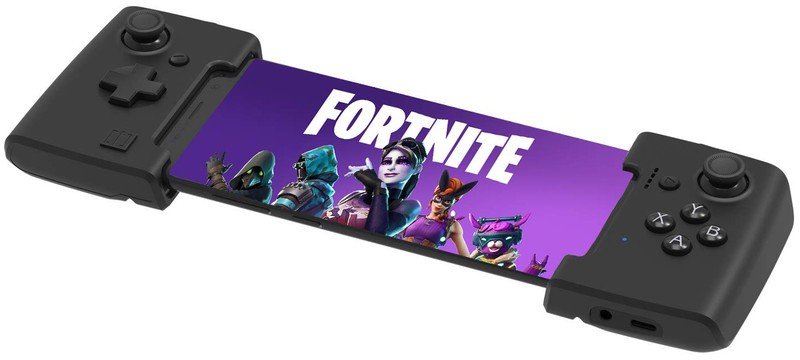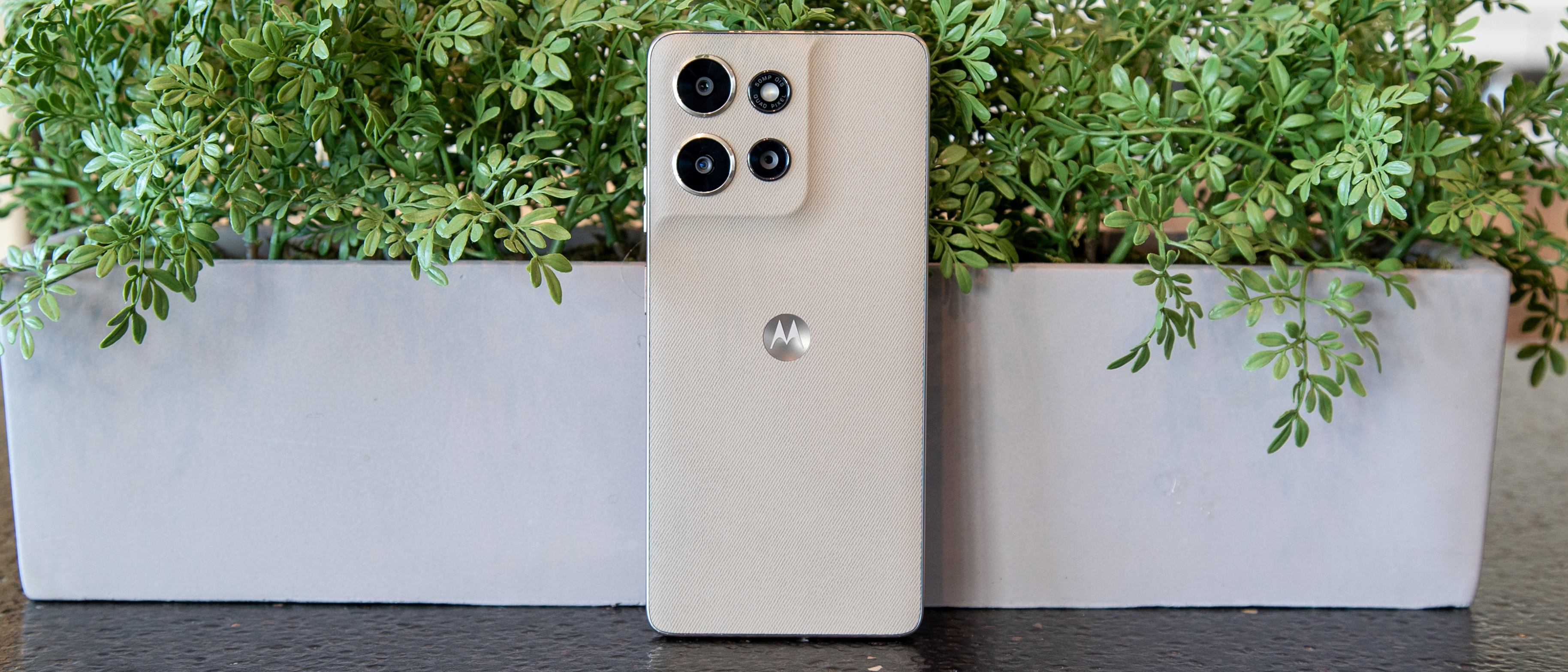Razer Kishi vs Gamevice: Which should you buy?
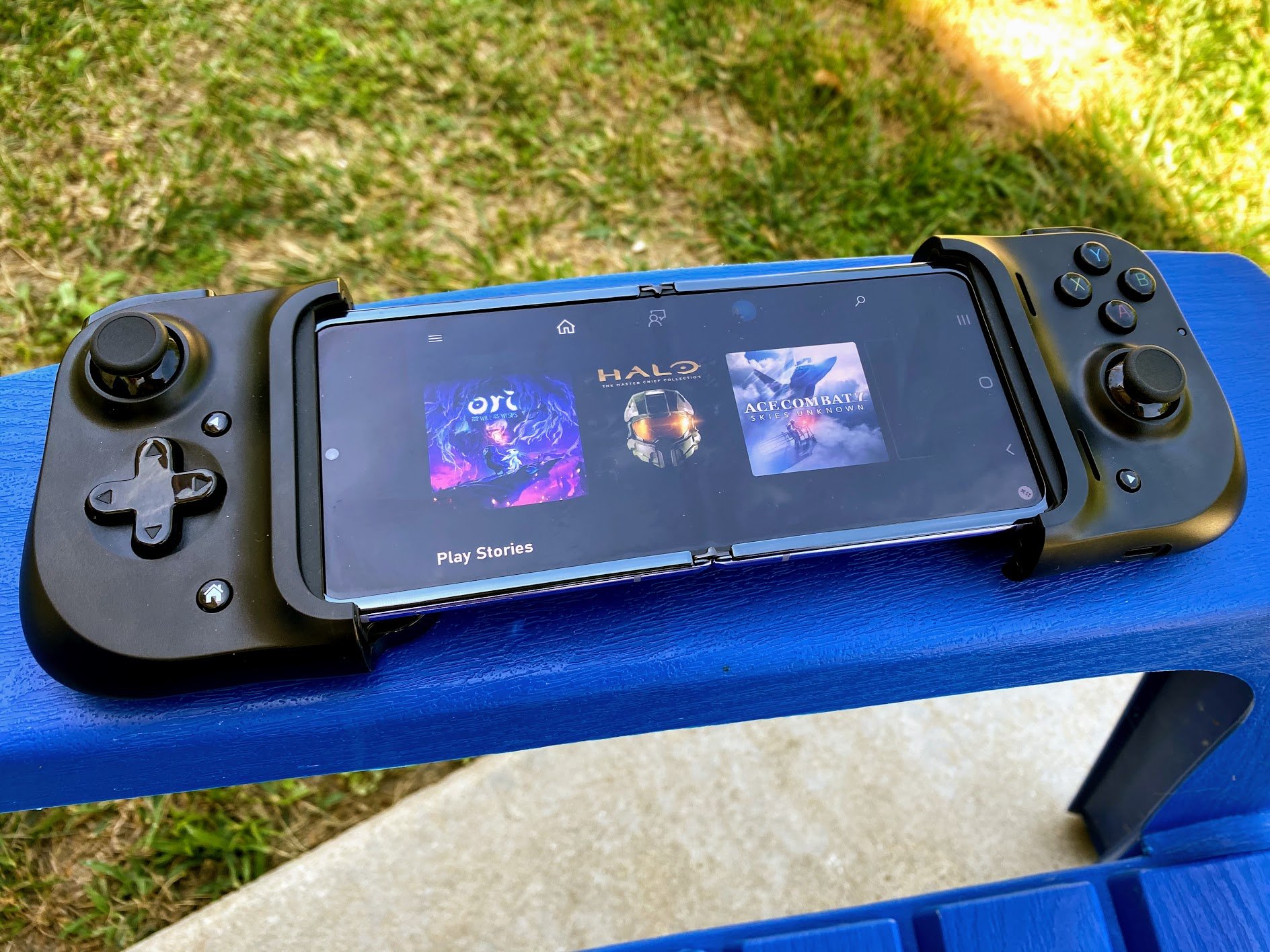
Razer Kishi
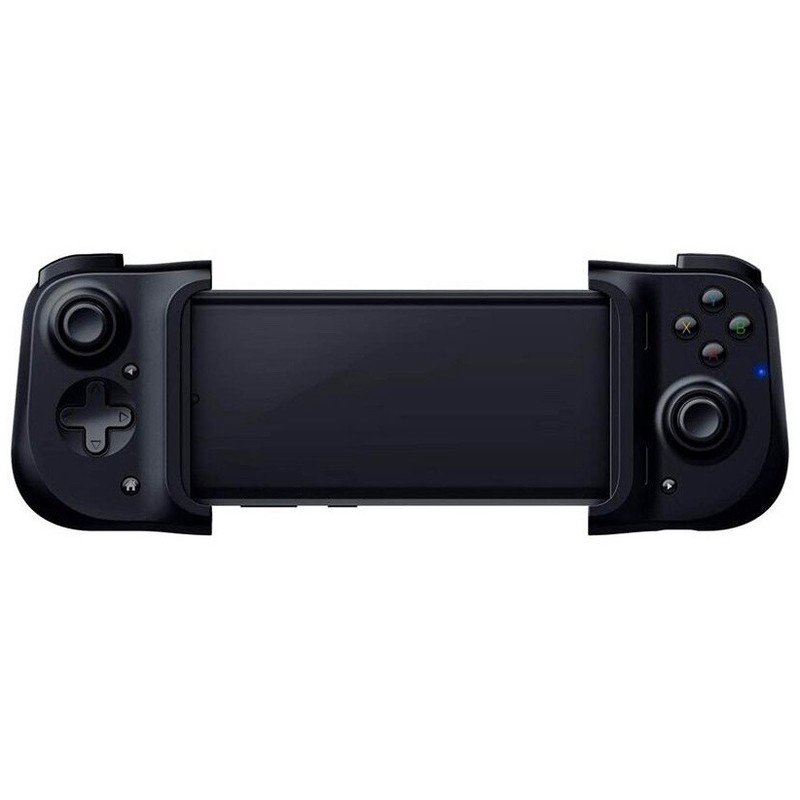
The Razer Kishi takes the core Gamevice conceit and adds some Razer quality, leading to an excellent product. Its ability to seat almost every Android device means few gamers will be left out. It's relatively comfortable to grip, with good button/trigger quality. The absence of a headphone jack is the only step back from previous Gamevice models.
Razer Kishi
Near-universal support
Gamevice
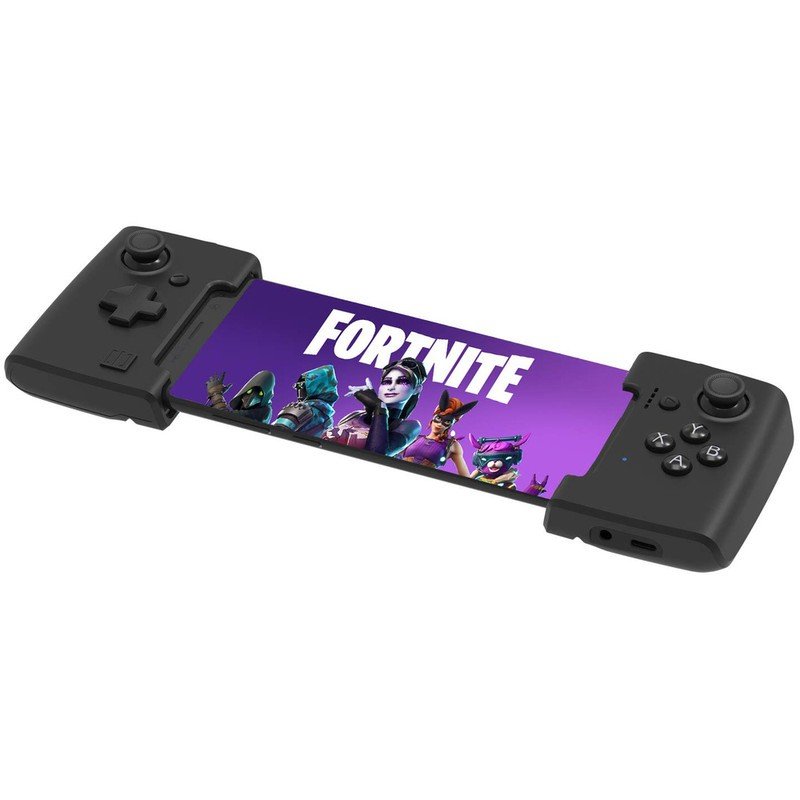
Gamevice has a variety of controllers tied to specific phones, which lets specific phones slot in with little wiggle room . . . provided you can find the proper controller in stock. It may have no latency, but button and trigger squishiness may cancel out that benefit. Plus, it will likely not be compatible with whatever new phone you buy.
Gamevice
Fitted to a few
Gamevice and Razer, two successful mobile controller developers, joined forces to create the Razer Kishi: a Switch-style, USB-C accessory that snaps on to either side of your phone. While the Kishi may be the best mobile controller that either company has to offer, Gamevice does still sell its own branded, unique mobile controllers. The Kishi attaches to a variety of Android phones, while Gamevice controllers are built for specific phones, but have some minor design choices (and a lower price) that may appeal more to some gamers.
Which devices work with Kishi or Gamevice?
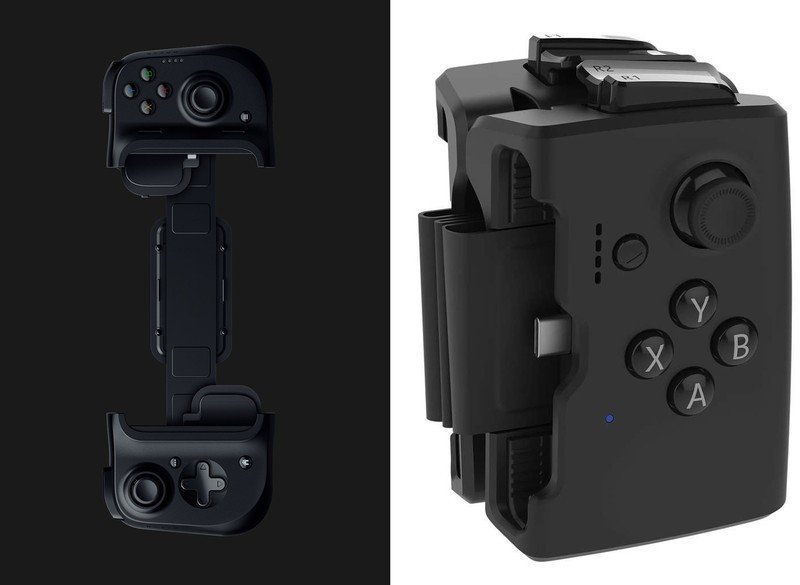
The Kishi has a comprehensive list of phones that fit inside of it, including most Samsung Galaxy phones past S8, some OnePlus phones, all Google Pixels past 2, the Razer phones and more. This one-size-fits-most design is impressive, though editor Russell Holly did note that the Kishi had some minor trouble when paired with smaller phones, with some wobble due to the empty space meant for larger phones.
Kishi works with most phones available for sale, while the Gamevice models still in stock only work with iOS, Samsung S9s/S10s, and one ROG phone.
Gamevice designed its controllers to work with specific phones. It sells one model for the Samsung S7 series (too small for Kishi), one for the S8 series, one for the S9 and S10 series, one for Google Pixel's phones 2 through 3a XL (Kishi can also accommodate 4 and 4XL), and one for the ASUS ROG Phone 1 (which Kishi can't support).
In theory, these specific Gamevice models will fit your phone securely. In practice, it appears that Gamevice has let several of these models go out of stock. As of publication, only the S9 series and ROG Phone 1 models appear to be available. The company's original designs catered to iPhone and iPad owners, and it seems that Kishi has become its new inroad into the Android market.
We should also point out that, while we haven't reviewed Gamevice models for AC as of yet, they have a very similar design to the Kishi. A model designed to work with both the S10+ and S9 or Pixel 3a XL and 2 will likely have a similar wobble issue if you use it with the smallest phone in the lineup.
Get the latest news from Android Central, your trusted companion in the world of Android
If you care about iOS support, Gamevice and Razer are working on a Kishi model to work with iPhones, due to come out later in 2020. For now, Gamevice does have options that work for both iPhones and iPads.
What's different (and similar) between the Kishi and Gamevice
It's evident Gamevice worked on the Kishi, as the form factor is essentially the same. Both devices have left and right sides that unlock and spread out like an accordion, so you can slide your phone inside before securing the controller directly onto your phone, turning it into a handheld console. If that sounds similar to the Switch and its attachable joy-cons, Gamevice thinks so too and is suing Nintendo for patent infringement.
Kishi is more similar than different to previous Gamevice models, but it mostly improves on its predecessors.
Both the Kishi and current Gamevice models connect to your phone via a USB-C connector (or Lightning connector for iOS), and neither of the two requires recharging. Instead, they draw power directly from your phone, and you can use pass-through charging while you play via a USB-C port on the bottom of both devices. Plus, the wired connection removes the input lag you get with most Bluetooth controllers. Both drain battery life from your phone even if you're not using it for gaming.
| Header Cell - Column 0 | Razer Kishi | Gamevice |
|---|---|---|
| Price | $80 | $60–80 |
| Weight | 265g | 127g |
| Supported devices | Most Android 8.0 phones | Some Samsung and Pixel phones |
| PC support | No | No |
| Wireless support | No | No |
| Battery life | N/A (no battery) | N/A (no battery) |
| Charging cable | USB-C | USB-C |
| Pass-through charging | Yes | Yes |
| Haptic feedback | No | No |
There is one key difference. Next to that USB-C port on the Gamevice is a headphone jack. The Kishi doesn't have one, nor can you use wired USB-C headphones — the port only works for charging. You'll need to invest in wireless headphones with the Kishi or else annoy your neighbors by blasting the sound.
Another difference is the button configuration. Gamevice places both joysticks parallel to one another on the very top of the controller, while Kishi places the right joystick beneath the main buttons. The latter is more common, as it matches the current Xbox and Switch layouts, so it may be more natural-feeling to players.
In terms of button and trigger quality, our Kishi reviewer felt that "the triggers have a fantastic amount of resistance, the joysticks feel perfect, and every button set has its own distinct feel." In contrast, Gamevice is somewhat notorious for having triggers and buttons that can be somewhat rubbery, making you mash on them for the game to register the input.
The Gamevice appears to be about half the weight of the Kishi, which may make it more comfortable to hold for longer periods. Still, that and the headphone jack are the only differences standing in Gamevice's favor.
Ultimately, even if you find a Gamevice model for your phone, you may want to buy Kishi anyway, because it may still work with the next phone you buy, while Gamevice products' specialization eliminates any future value.

Michael is Android Central's resident expert on wearables and fitness. Before joining Android Central, he freelanced for years at Techradar, Wareable, Windows Central, and Digital Trends. Channeling his love of running, he established himself as an expert on fitness watches, testing and reviewing models from Garmin, Fitbit, Samsung, Apple, COROS, Polar, Amazfit, Suunto, and more.
